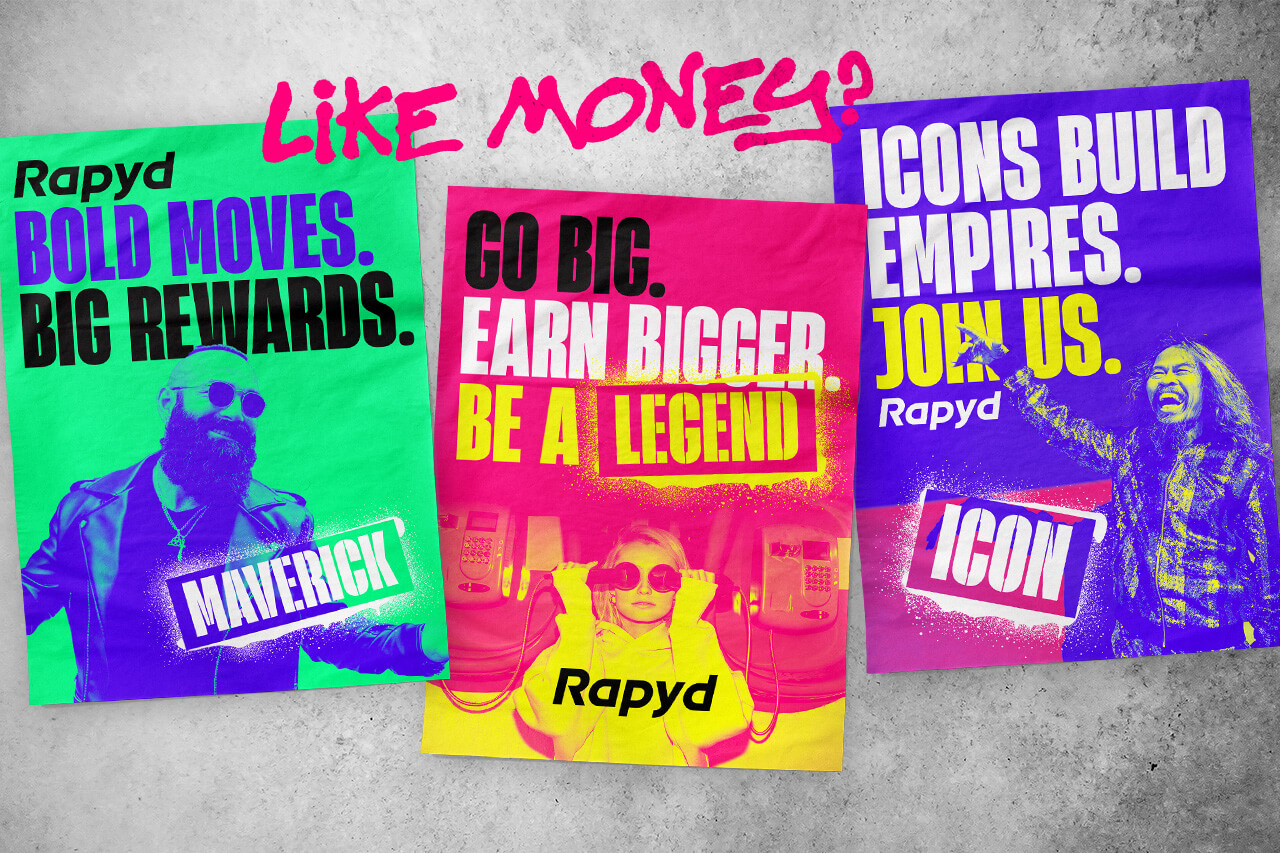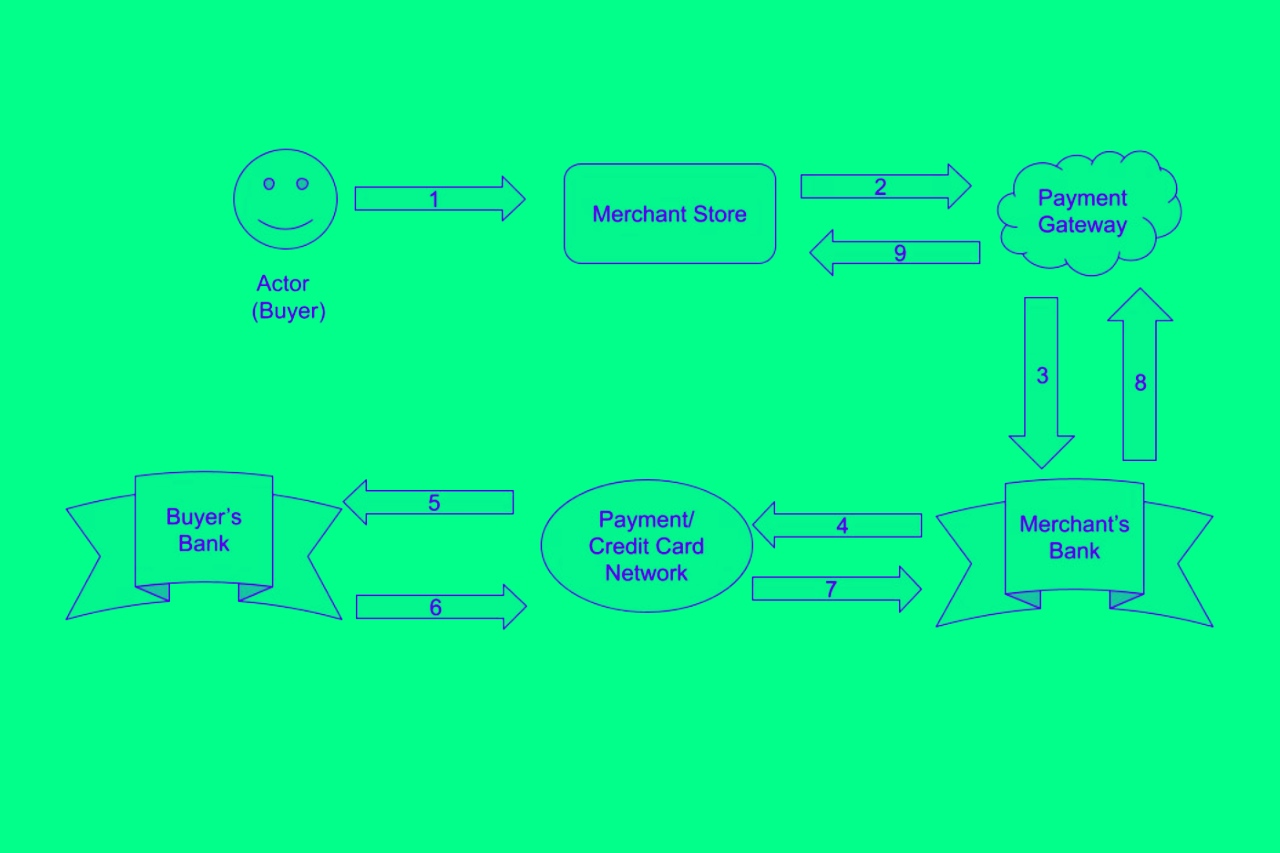Featured Blogs All Blogs
How to Accept International Credit Card Payments
Go global by presenting local payment options at checkout. Credit cards are one of the most popular payment methods for...
5 Overdue Invoice Letter Templates to Use to Remind Customers To Pay
Problems with payment conversion? Running a business is like riding a roller coaster. There will be highs and lows from...
Payments Are Broken for the Online Gaming Industry. Here’s How to Fix Them
How Rapyd’s Innovative Platform Overcomes the Unique Payment Challenges in Online Gaming The online gaming industry is a $180.3 billion-per-year...
What Are the Benefits of the Rapyd Partnership Program for Independent Sales Organizations?
Everything You Need to Know About Rapyd’s Independent Sales Organization Partner Program A Rapyd partnership can have a transformative impact...
Resource Type
Payouts
Why Card Payouts Should Be a Part of Your Disburse Strategy
Accelerate your delivery cycle from several days to real-time with instant card payouts. With real-time payments gaining momentum, ‘real-time’ and...
Global Insights
Play Hard. Be Fair.
Announcing Rapyd’s Sponsorship of the Icelandic National Handball Team and the Launch of Rapyd Player Scholarships Our recent announcement of...
Announcements
Rapyd Maintains Top 100 Cross-Border Payment Company Status for Sixth Consecutive Year, According to FXC Intelligence
Industry benchmark highlights Rapyd’s global growth, expanded infrastructure, and execution-focused strategy London – 8 May 2025 – Rapyd, the leading...
Rapyd Completes Acquisition of PayU Global Payment Organisation in Latin America and Africa
London, UK – March 14, 2025 – Rapyd, a leading global Fintech-as-a-Service provider, has completed the acquisition of PayU Global...
Rapyd Expands Global Partner Programme to Power Revenue Growth for High-Opportunity Referral Partners, ISOs, and PayFacs
The expanded Rapyd Payment Partner Programme delivers industry-specific tools and resources for navigating complex payment landscapes, optimising revenue, and driving...
73% of Businesses Struggle with Payment Delays, According to Rapyd’s 2024 State of Payments for High-Opportunity Industries
Exploring High-Opportunity Industries: High-opportunity industries are fast-growing, highly profitable and have unmet payment needs. They include Online Gaming, Influencer &...









